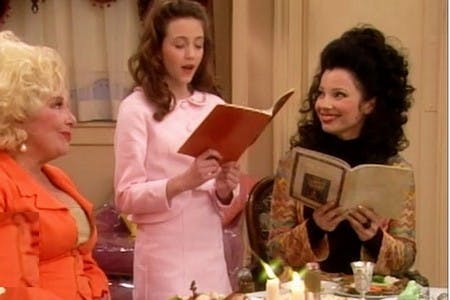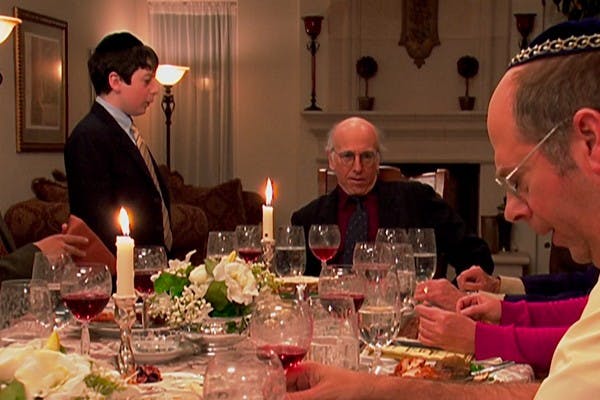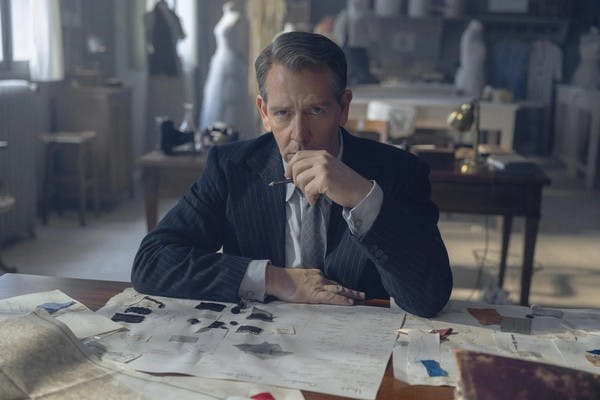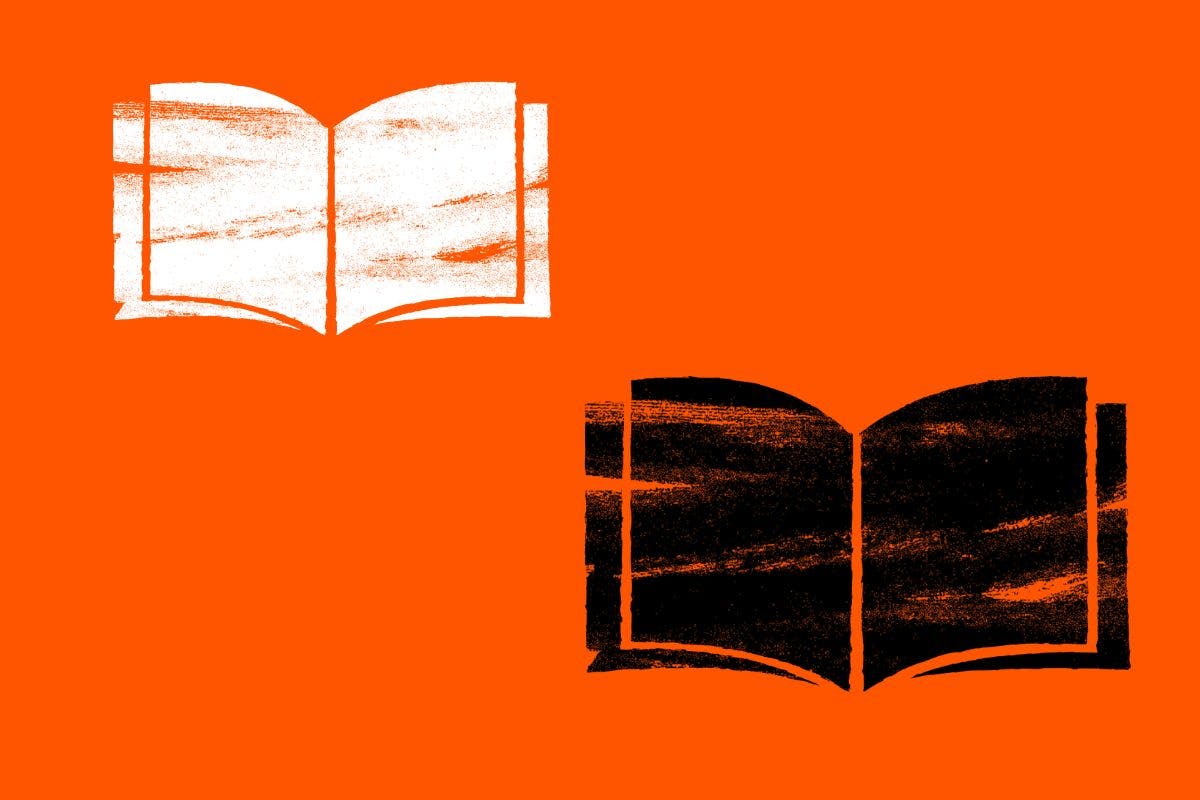Published: 4 April 2024
Last updated: 17 April 2024
Niles: Sylvia has invited us over for the Jewish holiday.
Maxwell: Now, is this the holiday Ms Fine said you can’t eat all day then stuff yourself or the one where you light candles then stuff yourself or the one where you build a straw hut then stuff yourself?
Niles: I believe it’s the one where you hide crackers from small children then stuff yourself.
Maxwell: Ah, Passover
(The Nanny, season 4, episode 21, ‘Passed Over’, 1997)
When Pesach comes around for me, I think about those Easter long weekends growing up when the Hanna-Barbera cartoon series, The Greatest Adventure: Stories from the Bible, would play on television.
At that time, it was a thrill to see a depiction of Jewish stories on regular television, even if we didn’t know that it was filtered through a rather Christian lens. There was something thrilling about being able to watch Moses battle Pharoah, and twice in one day to boot (who could forget Charleston Heston’s turn in the epic, Ten Commandments?).
So when it comes time for Pesach, I have some nostalgia for those Good Fridays spent on the couch seeing a version of my own story told back to me, and I like to revisit Pesach films and TV episodes. And I think about how far we’ve come in the decades since my childhood.
It can be difficult to remember that these kinds of depictions of Jews and Judaism were incredibly rare on television before the 1990s. Since the iconic 1950s series, The Goldbergs, which showed a Jewish immigrant family in New York city, Jewish stories and rituals have rarely been depicted.
When there were Jewish characters, they were typically never more than a punchline revolving around stereotypes of neurotic Jewish men or overbearing Jewish mothers. And they were rarely depicted doing Jewish things.
Through the 1990s, depictions of Jewish life and Judaism on television would become commonplace, and the Pesach seder was a major factor that showed that Judaism could be shown in the daily lives of the Jewish characters.

The most famous example is the 1995 episode of the children’s cartoon series, Rugrats (take your kids to a screening ahead of Pesach at the Jewish Museum of Australia). This episode shows Stu’s grandfather, Boris Kropotkin from Smolensk, regaling the seder guests with the Pesach story in his thick Eastern European Jewish accent.
Although not the first time the story of the Exodus had been told in an animated series, it is the first distinctly Jewish retelling of it. What’s more, the telling takes place with the characters locked in the attic, not around the seder table, taking perhaps the most important message of the seder – to pass on the story to every generation.
Another example, a favourite of mine, came in the sitcom The Nanny, the most Jewish television series since The Goldbergs. In a 1997 episode, Fran’s mother Sylvie invites the Sheffields for seder. Niles, the Sheffields’ sassy butler, cooks all the Jewish favourites, becoming himself a shtikl Jewish in the process.
What’s noteworthy about all of these examples is that they have interfaith and intercultural relationships at their core.
A final example is the most Jewish television series of the twenty-first century, Curb Your Enthusiasm, in which Larry invites a sex offender who has moved into the neighbourhood to the seder. In this episode, like The Nanny, it is a non-Jew (in this case, Larry’s wife Cheryl), who cooks the seder meal.
Of course, being Curb, the seder is a complete farce, with one guest cheating in the afikomen search by telling his son where it’s hidden, and another guest passing out at the sight of the sex offender.
What’s noteworthy about all of these examples is that they have interfaith and intercultural relationships at their core. From Stu and Didi, to Maxwell and Fran, to Larry and Cheryl, each of these series follows the long tradition of American television in depicting the challenges in bringing two cultures together.
What comes to be normalised here is that American Christians come to be assimilated into Jewish culture through their participation in the seder. It’s a sign that Jews and their peculiar practices are coming to be accepted as part of American life.
Today, Jews are represented on television in all their complexity. From Jewish singles looking for love, to Hasidim as they go off the derekh, to queer Jewish families, to Jewish millennials, and to ultra-Orthodox diamond heists, Jewishness has never been more richly depicted in an increasingly globalised popular culture.
So, because this all gets me thinking about how far we’ve come in terms of depicting Jews in popular culture, I thought this would be a good way to kick of my new monthly column for The Jewish Independent. Each month I’ll share something that I’ve been watching, reading, or listening to and think through what it means for Jews and Jewish culture in the contemporary world.





Comments1
Helene Goldberg18 April at 07:39 am
Fabulous! I look forward to reading your future articles!